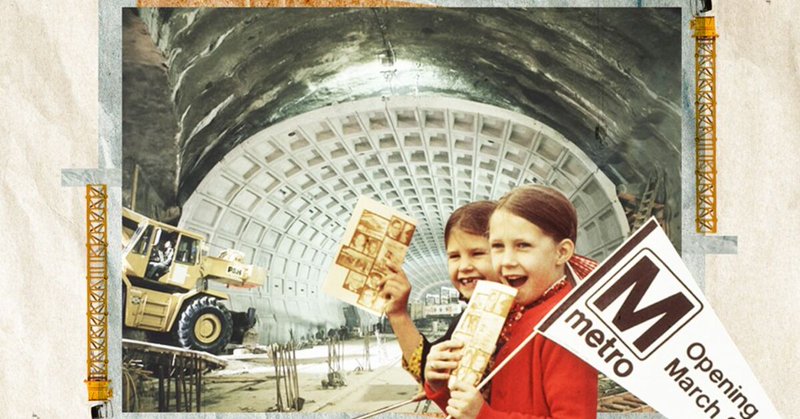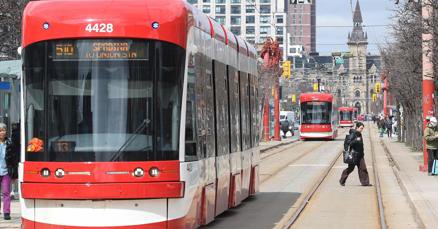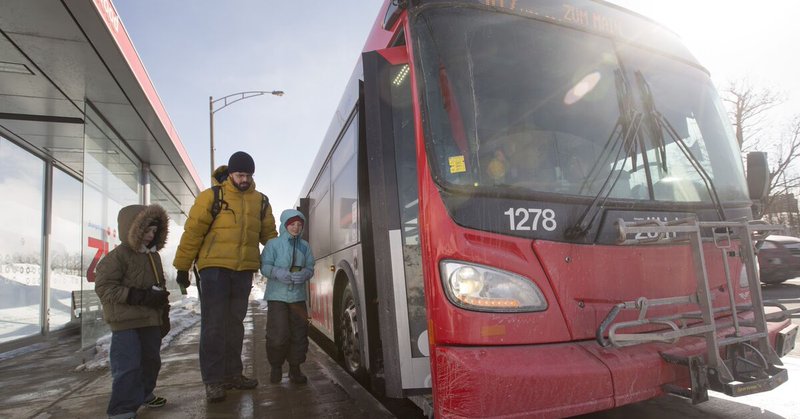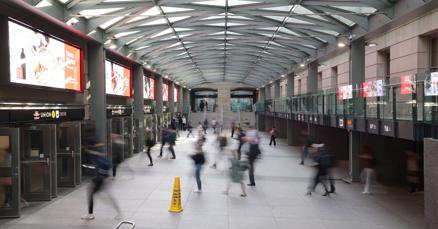
Jonathan English
@EnglishRail
Followers
4K
Following
5K
Media
186
Statuses
5K
Fellow, @NYUMarron. PhD in Urban Planning, Columbia University. Writer for pubs incl @CityLab, @GlobeandMail.
Joined January 2014
Also, it looks like the links @CityLab to the list of my articles is broken, so here they are.
bloomberg.com
Streetcar, bus, and metro systems have been ignoring one lesson for 100 years: Service drives demand.
5
10
71
Happy to have written this with Reece and Narayan on how we can fix the Spadina streetcar. There are more details to this but the point is that Spadina can be so much better with a little political will. https://t.co/ylB0GvQo8S
thestar.com
We don't have to spend billions to fix one of Toronto's most important transit routes.
1
4
23
I’m as keen on protecting transportation heritage as anyone but @RM_Transit is absolutely right here. If it’s preventing electrification, its preservation on that site isn’t tenable. It could be dismantled and moved, say to the Portlands as a market.
1
3
32
Toronto is experiencing a lot of planned subway shutdowns. The city regularly does temporary no parking for road work, filming, etc. We should do the same for planned subway shutdowns to make shuttle buses more efficient. Temporary diamond lanes would be even better!
3
5
86
Did an interview with Global News on fare integration. Very exiting that it’s doing as well as we hoped. Was very proud to work on helping push this forward.
2
2
22
I’ve written an article on the extraordinary transit success of Brampton, how it was achieved, and the lessons for other suburban areas in North America.
bloomberg.com
Transit ridership is off the charts in Brampton, Ontario, despite its typical low-density suburban layout. Here’s how the city got residents to get on the bus.
12
28
132
Alright I finally got to it and created a Bluesky account so if you're on that app, feel free to follow me over there
0
0
3
With @RM_Transit taking a very well deserved break, I urge everyone to check out his amazing library of excellent videos about transit around the world. His output was so prodigious that I know there’s lots to catch up on.
0
4
33
Transit isn’t only place where cost differences are huge. La Romaine hydro project in Quebec was $7.4B for four dams totalling 1550MW, 14% below budget. Site C in BC was one 1100MW dam costing $16B (142% over budget). Hydro-Quebec has a lot of experience building dams.
2
5
82
TTC ridership is up 27% in one year at Union Station. Just as we predicted in our @TorontoRBOT report, fare integration was one of the best ways to drive transit ridership recovery. https://t.co/ZF9HBIeupY
thestar.com
The TTC numbers point to a real opportunity to supercharge ridership — as long as the transit agency doesn’t mess it up.
3
11
56
At a time when cities like Paris were building their mainline rail network into an express regional transit backbone, the MTA still hadn’t figured out how to unify the commuter railroads they’d taken over and the subway into a unified network. 6/
2
0
12
The problem with the plan was it was still NYC focused at a time NYC was becoming ever smaller proportion of region population. New MTA did a lot to fix commuter railroads but notable they weren’t really mentioned in this plan (other than as a few lines taken over by subway). 5/
1
0
10
Other notable outcome was construction of disconnected tunnel segments on 2nd Ave, which will now be used in phase 2. 4/
1
0
5
Other elements were variations on defrosted plans from 20s (Nostrand, Utica). Southeast Queens would take over LIRR branch but was derailed by NIMBYs. Big construction in Bronx would’ve been tough to justify as borough hemorrhaged population. 3/
1
0
6
As with other big plans, most money went to state of good repair instead. Most notable thing we got was 63rd street tunnel (now used by F and East Side Access). Was originally meant to tie into “super express” along LIRR. For years trains dead ended one stop into Queens. 2/
1
0
8
From my archive: NYC 1968 transit expansion plan. Gov Nelson Rockefeller took Triborough tolls from Moses and gave to new MTA. This was what they came up with—the last big comprehensive NYC subway expansion plan. 1/
1
0
31
What’s notable is that they considered the capacity of a double track line to be around 36 an hour, which is unimaginable today. Partly because of practices now considered unsafe like key by (going through red signal very slowly watching for train ahead).
0
0
4
From my archive: the level of service by NYC subway line in 1954 (when service was generally a bit higher than today). Still shows how many corridors operate far below theoretical potential capacity (even more so today). Also shows abandoned lines like 3rd ave.
5
13
121
A very misguided cliché I hear in transit is “Nobody cares about opex because you can’t cut a ribbon.” Of course you can have a big photo op for a major operational improvement! And the politician that funds it will still be in office when it opens, unlike a capital project
4
9
58
As a Toronto resident, it's kind of crazy to think of this city as having great transit. But, looking at the history of transit in the US since WWII, we come out looking like visionaries. #ttc
https://t.co/Wc0mv6jTQm By @EnglishRail
bloomberg.com
Streetcar, bus, and metro systems have been ignoring one lesson for 100 years: Service drives demand.
0
2
7





